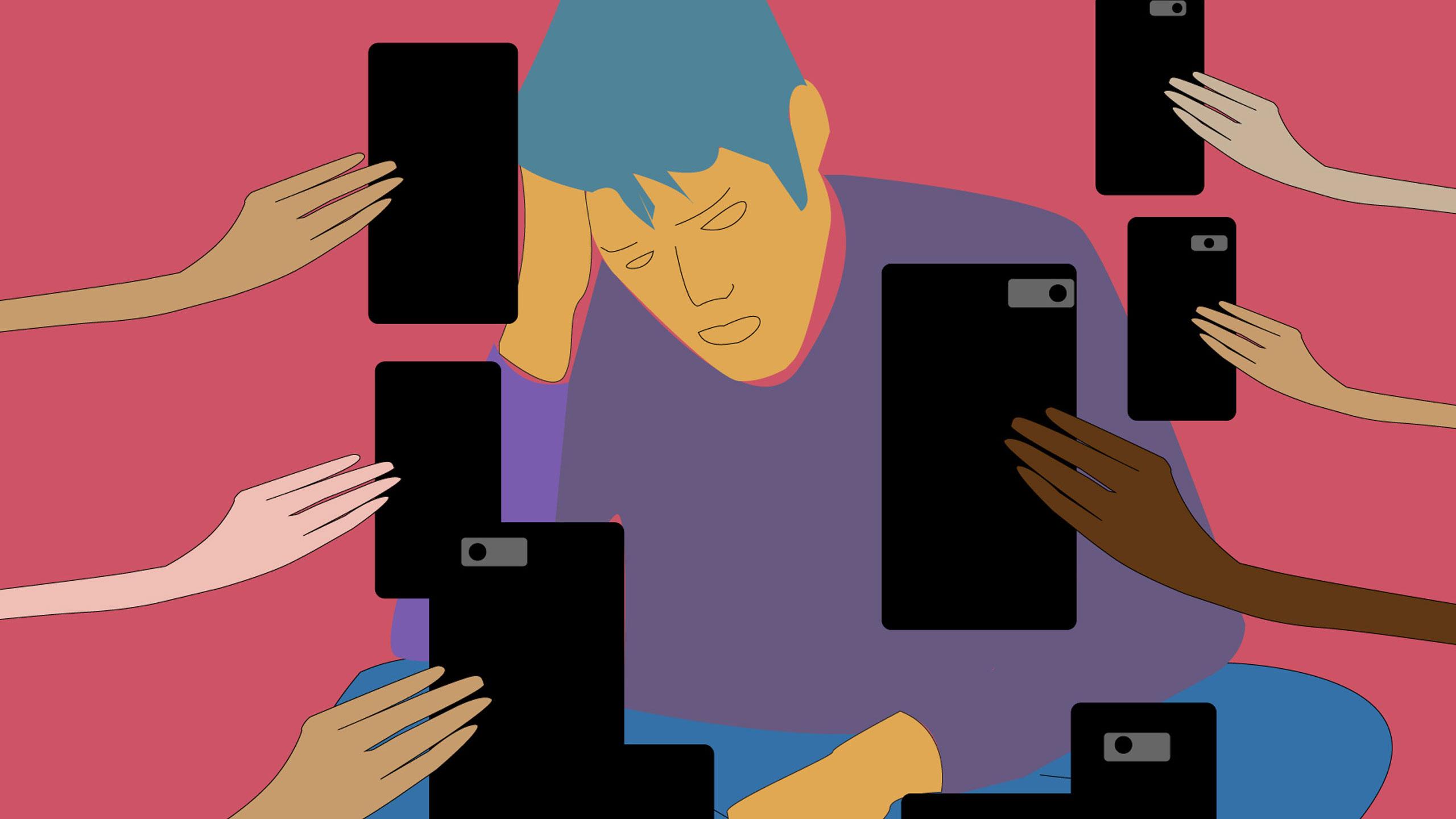By Hayley Hanks
Research has shown that scrolling through your phone in class can distract other students, or even the instructor. As Ryerson continues to embed technology into its curriculum, can using classroom technology encourage the same behaviour?
A 2013 study by the University of Nebraska-Lincoln revealed 80 per cent of college students who use digital devices for non-class purposes leads them to pay less attention in the classroom and miss instructions by the instructor.
Some students, however, don’t have the discipline to put their phones down and focus on school.
“It’s just making sure my mind is always stimulated by something that I want it to be stimulated by. So, if the prof is going on a tangent about something and I’m not fully interested, I think, ‘OK, I have this here right in front of me … I can just be entertained,” said William Sutton, a fourth-year honour science student at the University of Waterloo.
“I need better self-discipline so I don’t allow myself to open up a browser and start looking at the Internet.”
Matthew Tiessen, an assistant professor in Ryerson’s professional communications department, researches the societal implications of algorithmically-driven digital technologies.
He said there’s no question that cell phones and other technologies are addictive. Tiessen thinks technology is “feeding [students’] need for novelty and distraction and new information and self validation.”
But if technology distracts students who use it, and students and instructors who see it, can iClickers, Kahoot or other classroom technologies encourage the same behaviour?
Wendy Freeman, Ryerson’s director of e-learning, thinks not.
“The use of those technologies, I think, for teaching, is always contextualized in terms of learning,” said Freeman. “I think students need to learn how to use those communication spaces for professional reasons.”
Sutton said he thinks it would be easier to learn in class if professors used only school-related materials. He said teachers who use class-related polling technology like Kahoot or TopHat, as opposed to asking students to use social media sites like Twitter for educational purposes in class, was less distracting because the goal of using the technology had a clear purpose and wasn’t being used to “interest the class more.”
“Connecting how [students are] learning to communicate with each other on these platforms and these new tools with what they’re learning in class about their discipline … that’s, I think, where we can really explore how to bring new emerging technologies into the classroom,” said Freeman.
Regardless of the technology used in class, Freeman stressed students need to be able to access technology for accommodation purposes.
“If students have accommodations, it becomes obvious … it becomes an issue of inclusion. [We need] to find other ways to solve the distraction problem without privileging certain behaviours,” said Freeman.
“You want students to be able to engage online examples and in class so that everybody has a chance to talk about those things. But if you ask someone to turn their phone on, then you’re going to get a thousand notifications and that can be very distracting,” said Freeman.
“We need to acknowledge that not every student has the financial means to have their own device.”
Eeshmam Munir, a sixth-year marketing student at Ryerson, said he recently took action when he realized he was getting addicted to his phone.
“I would check everything just to be on top of it, and it was getting to the point where I was like, ‘This is not a good way to live a healthy life,’” said Munir.
He started turning off his notifications in order to better focus on class and assignments. By using his phone less and putting it on airplane mode during lectures, he said his focus has improved.
“[Social media] took up a lot of time, and a lot of productive time as well,” he said. “So that’s why I decided to disable all notifications and just keep it simple.”











Leave a Reply